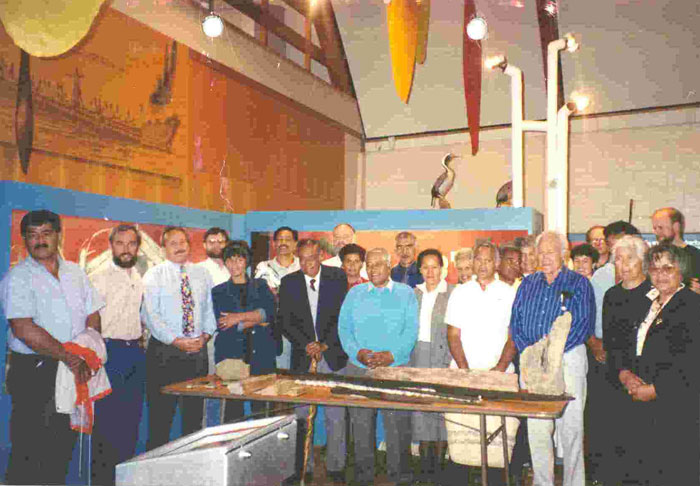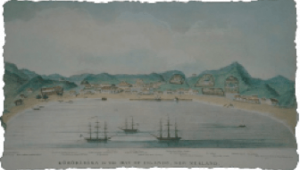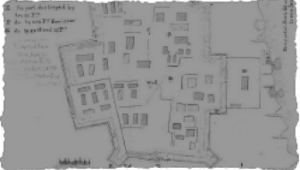
Bert Timperly
Collection



The late Bert Timperley (Ngati Hine) was a man who lived on the Ruapekapeka Battlefield in what was the old school. He collected items that revealed themselves, and was on occasion known to have dug for items. Today such activity would be considered illegal (both under the Reserve's and the Antiquities' Acts).

Te Ruki Kawiti's toki (hatchet) courtesy of the Waitangi National Trust and the Kawiti whanau.
James Robinson

Ruapekapeka Pa Management Committee and others at the Whangarei Museum during the ceremony prior to storing the Timperly collection there.
Department of Conservation
At the time of the land purchase the Department of Lands and Survey negotiated the artefacts to be part of the deal. Bert was pleased with the resolution i.e. that they would be protected for all time and be part of New Zealand's heritage.
The Timperley collection is a result of Bert Timperley. Bert lived in the old school building on what is the area in front of the Main Advanced Gun Battery (British position). Bert’s collection arose from collecting farmer found “stuff” and his fossicking -the latter would be illegal now and was probably then too.
On the crown gaining possession of the property, part of the agreement was the collection came to the crown - DOC. He retained the collection post the agreement as he had a right to live on site during his life. However when he went to town in his later years DOC went and collected the collection at his request. This James Robinson lead and Raumoa Kawiti, Allan Halliday and others helped with its storage etc at the Museum ie the best environmental conditions close to site. If Te Ruapekapeka Trust were ever able to build a Whare Taonga at or near the site with appropriate environmental management conditions they would be shifted even closer to site and entrusted to the care of TRT.
In a strict legal sense the collection is owned by the crown administered by DOC ie part of the land deal. The reality is DOC have always acted (Since the RPMT and now TRT) as if the collection were joint owned.



